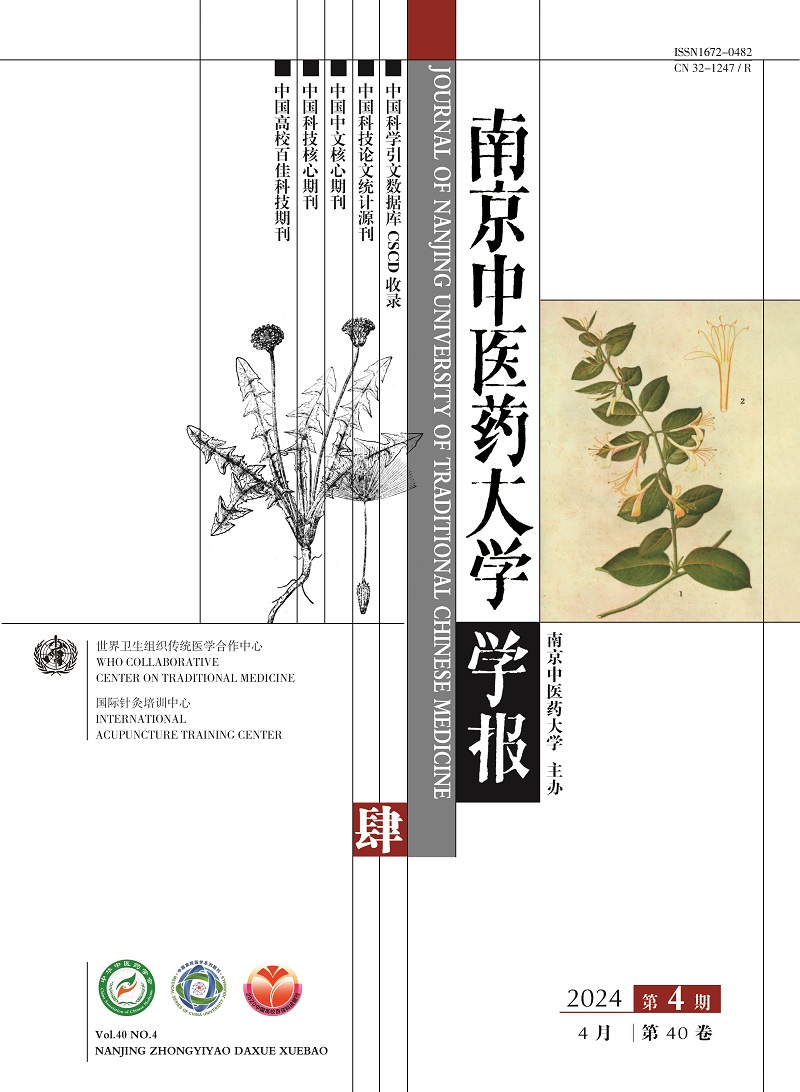2020 Vol. 36, No. 4
Display Method:
2020, 36(4): 429-432.
Abstract:
2020, 36(4): 433-437.
Abstract:
2020, 36(4): 444-448.
Abstract:
2020, 36(4): 449-453.
Abstract:
2020, 36(4): 454-457.
Abstract:
2020, 36(4): 458-462.
Abstract:
2020, 36(4): 467-471.
Abstract:
2020, 36(4): 472-477.
Abstract:
2020, 36(4): 478-484.
Abstract:
2020, 36(4): 485-488.
Abstract:
2020, 36(4): 489-493.
Abstract:
2020, 36(4): 494-497.
Abstract:
2020, 36(4): 498-503.
Abstract:
2020, 36(4): 504-508.
Abstract:
2020, 36(4): 509-516.
Abstract:
2020, 36(4): 517-524.
Abstract:
2020, 36(4): 525-530.
Abstract:
2020, 36(4): 531-533.
Abstract:
2020, 36(4): 541-545.
Abstract:
2020, 36(4): 546-551.
Abstract:
2020, 36(4): 556-559.
Abstract:
2020, 36(4): 561-566.
Abstract:
2020, 36(4): 567-572.
Abstract:



